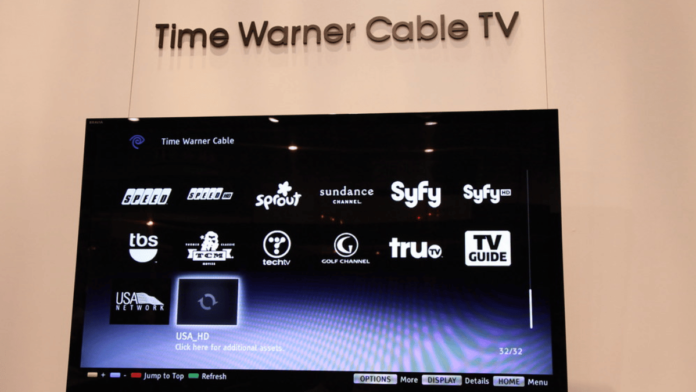Most of the reaction to the proposed Comcast acquisition of Time Warner Cable has centered on how this unprecedented concentration of cable clout might negatively impact the pay TV and OTT video markets, the corollary being a presumption that without the benefits accruing from power to cut programming costs or choke OTT interlopers the deal would hold little attraction.

But it’s worth noting three other areas of impact where the bottom-line benefits to the merged company could be great enough to merit battling through all the blowback no matter what concessions might have to be made when it comes to neutralizing bargaining power with programmers or guaranteeing net neutrality. Namely, the combined companies would be in a much stronger position to pursue business development in wireless, advanced advertising and commercial services, where disproportionate market clout presumably would not be an issue. Indeed, greater strength in wireless and commercial services would serve to counter the disproportionate clout enjoyed by cable’s arch rivals, AT&T and Verizon.
Comcast of late has taken a lead position among cable providers on the question of how best to exploit the potential of Wi-Fi technology in response to consumer demand for anytime, anywhere access to its services. As often reported in these pages, there are great opportunities associated with leveraging the HFC network to support a ubiquitous Wi-Fi footprint, especially in light of the advances in Wi-Fi technology that enable multi-protocol connectivity in hotspots, bifurcation of residential gateways for use as public access points, orchestration of access point operations across entire metro areas, seamless roaming across multiple cable networks and much else.
It’s been nearly two years since five MSOs completed the CableWiFi roaming agreement, and while footprints have been expanded at an intensifying pace, the industry is a long way from fulfilling on the vision of a coast-to-coast consortium of cooperating Wi-Fi operators who could all share in the benefits that would come with a pervasive presence in wireless. The ability to drive and coordinate aggressive Wi-Fi development on a larger scale represented by the addition of Time Warner Cable markets wouldn’t give Comcast a national footprint, but it would greatly expand the wireless reach with a uniform approach to deployments that could add value to its services and might even create an environment with sufficient coherency to induce more aggressive participation by other operators.
Where advertising is concerned – and a broader Wi-Fi footprint would certainly play into this arena – new opportunities are emerging with IP streaming of live and on-demand content to connected devices. For example, we’ll soon be reporting on the first implementation of targeted advertising by a major MSO on live IP-streamed TV channels in all its service areas. With this MSO having determined the market is there for selling inventory even at the relatively limited state of usage registered by today’s TV Everywhere offerings, it seems likely the scaling of cable-controlled avails at higher CPM rates across a 30-million household service base would not only boost sales on that inventory; it might create an irresistible template for engagement with programmers and national advertisers as well.
As for commercial services, as previously reported, Comcast has had great success moving up into the M part of the SMB market. The merger would give the company a terrestrial U.S. footprint on par with its primary rivals in the commercial services sector, AT&T and Verizon, greatly facilitating its ability to offer services to companies with facilities in dispersed markets.
Seen in this light the merger would actually be adding another telecom-scale competitor to the national mix, which would seem to offset some of the harm opponents of mega-mergers decried in past years as the two telco giants rolled up the baby bells. Right now, with the onset of LTE and aggressive expansion of multiscreen TV underway at AT&T and Verizon, their size poses a major threat to the viability of smaller cable operators looking to supplement lost pay TV revenues with revenues from commercial services, advertising and wireless.


